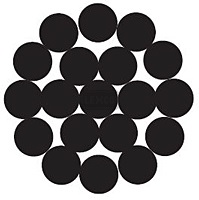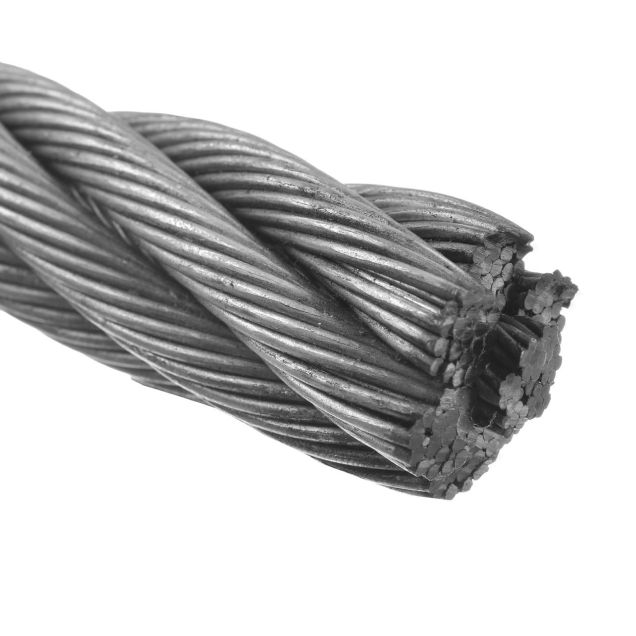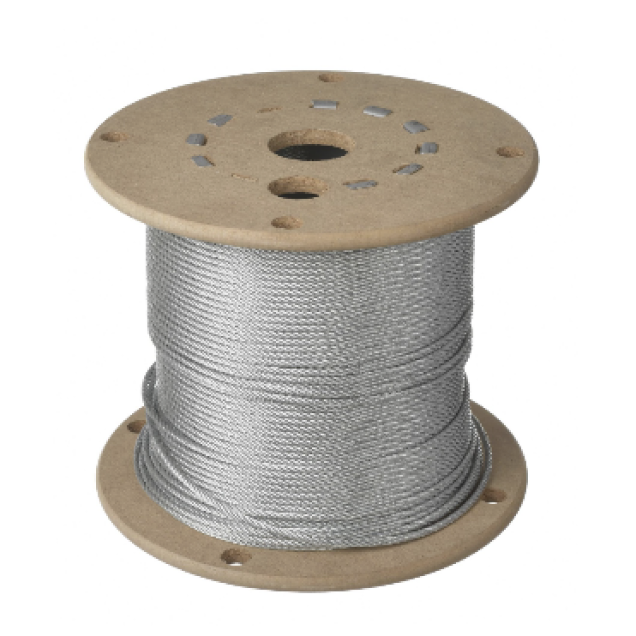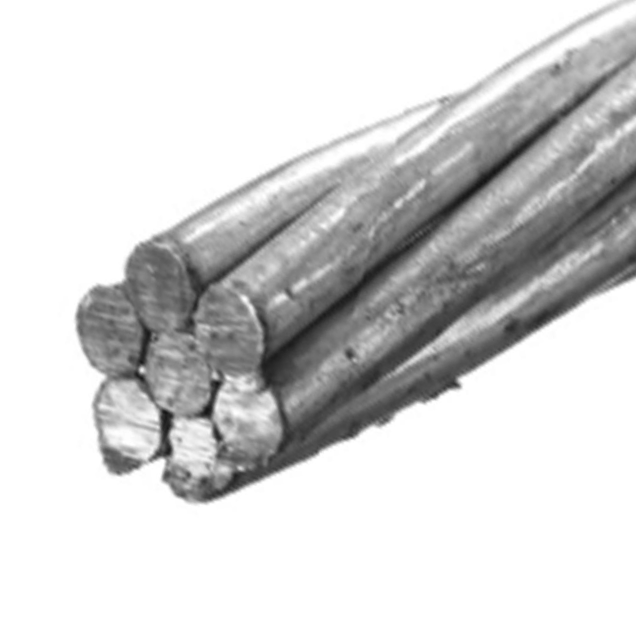
Wire Rope vs. Strand: What’s the Difference?
When purchasing wire rope, the many types and designs of cabling can be a bit difficult to understand. What exactly is a wire rope, and what makes it different from other wire ropes, strands, and cables? Understanding the differences between these terms will help you understand what it is that you’re looking for.
Ropes and Strands
To understand ropes and strands, we first need to define these terms. What is a wire rope, what is a wire strand, and what makes them different from each other?
- Wire: The basics of wire rope begin with its core component: the solid wire. These lengths of metal, usually steel, are drawn into shape and wrapped around drums for use in manufacturing. The wires are then drawn out and wrapped together to form strands.
- Strand: A strand of wire is several lengths of wire wrapped around a single wire that serves as the “core” of the strand. A strand may have multiple layers of wire that wrap around each other, but the constituent parts of a strand are always going to be solid lengths of wire. 1×7 strand is two layers and is made of seven wires; 1×19 is three layers and is made of nineteen wires.
- Wire Rope: A wire rope is made up of strands wrapped about a core. The core of a wire rope may be fiber rope, solid polymer, or even another wire strand. When the core is a wire strand, it’s called “strand core” or independent wire rope core (IWRC.) Wire ropes are thick, typically 7/16” diameter up to several inches in diameter. Wire ropes are generally designated based upon the number of strands they contain and the number of wires in each strand (i.e., a 6×19 wire rope is made up of six strands wrapped about a core, with each strand containing 19 individual wires). “Cable,” which is short for “aircraft cable,” is also a term used interchangeably with wire rope, though it is more often applied to wire ropes of ⅜” and smaller diameter. Aircraft cable has a strand core, which is a distinction relative to wire rope.
Your Content Goes Here
Wire Strands vs. Wire Ropes
With a basic understanding of wire ropes and strands, the functional differences, and why would you choose one over the other? When the cable is only or mostly straight or linear then strand is logical. When cable is bending then aircraft cable or wire rope is typical. Here are some other things to consider.
- Strength: Tension forces are distributed across a larger number of wires that hold each other together with extreme friction. In addition, wire ropes are more resistant to damage from sheaves and drums due to their ability to absorb more deformation. Learn more about minimum break strength of our wires here.
- Flexibility: Flexibility is another major difference between strand and wire rope. As the number of wires increases, so does the flexibility. Drums must be larger to accommodate a thick wire rope, and pulleys need a much greater diameter to avoid deforming the wire rope. 6×37 class is twice as flexible as 6×19 class, and 6×19 class has roughly the same flexibility as 7×19.
- Stretch: Another important thing to consider is how much stretch your application requires. The more wires, the greater the potential stretch.
- Application: Finally, consider what the aircraft cable or wire rope will be used for. For example, 1×7 is often used for parking lot barrier strands, and 1×19 strand is used for cable railings. Learn more about typical strand constructions below, or by viewing our wire rope specification sheet.
- Lay: Strand, aircraft cable, and wire rope can be made left lay or right lay, which describes the stranding direction. 1×7 and 1×19 strands are typically left lay. 7×7 and 7×19 aircraft cable and 6×19 class and 6×37 class wire ropes are typically right lay. Lay length means the distance it takes the wire to make a
Typical Strand Constructions

1×7 strand aka 7-wire strand

1×19 strand aka 19-wire strand
Typical Aircraft Cable Constructions

7×7 Aircraft Cable

7×19 Aircraft Cable
Typical Wire Rope Constructions

6×19 class IWRC

6×37 class IWRC
Choosing the Right Strand or Rope
The final step is to choose a vendor for your wire rope or strand, as there are a few key things to keep in mind when choosing your wire rope or wire strand vendor.
- Engineering support: Companies that offer engineering support may be better suited to your needs than companies that don’t. Manufacturers with the capability to custom fabricate a wire rope assembly are more likely to have the right product to exactly match your needs.
- Finish: Bright, galvanized, and stainless steel options can be quoted bare and sometimes plastic jacketed.
- Testing: Proper testing is vital to ensuring a product performs up to standard, and shops that rigorously test their products in-house can be relied upon to supply consistent quality products.
Lexco® Cable is an ISO 9001 certified industry-leading manufacturer of wire rope and cable assemblies, with the engineering capabilities to provide high-quality, reliable wire rope or strand products for nearly any application anywhere in the nation. Our customers can count on us for consistency and we’ll work tirelessly to serve them properly. Contact us to discuss your wire rope project today.








